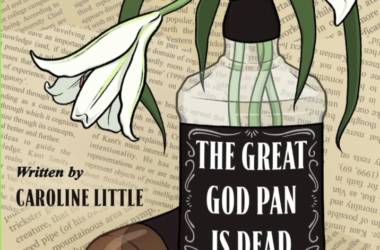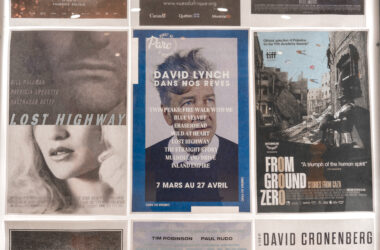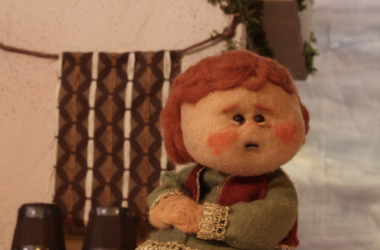In the wake of widespread excitement for a live-action version of Lion King, Disney has been teasing the release of Guy Ritchie’s remake of Aladdin throughout the fall. Set to be released in May 2019, the film will bring to life the world of Agrabah, a faraway land of childhood dreams. As a child, the animated version of Aladdin (1992) was my first glimpse at cartoon characters who looked something like me and my family. At the time, I was overwhelmed to see a movie that depicted an Arab story, not yet aware of the movie’s many historical and cultural inaccuracies.
Aladdin constructed images of what my culture should have looked like. I wished more of my life as an Arab was filled with the mysticism of Agrabah and that my mother’s Arabic music on the radio sounded more like “A Whole New World.” I constantly questioned why I looked more like Jafar, the evil sorcerer, than any other character in the movie. I was more enchanted by the orientalized, European conception of Arab culture that a few white producers had crafted.
Today, the excitement for the live-action movie bears a sinister reality: The Arab experience can’t escape the stereotype that the film perpetuates. As of 2014, the animated movie was still the third highest-grossing traditionally-animated feature worldwide. The film is full of ethnic stereotypes of Arabs and their physical features, showing exaggerated hooked noses, thick eyebrows, and outrageous facial hair, predominantly evident among the movie’s villains. In contrast to the movie’s protagonists, Aladdin and Jasmine, both of whom bear the Eurocentric markings of lighter skin, thinner lips, and cute button noses, Jafar’s explicitly Arab features are central to his malevolence.
Over 25 years later, it appears as though the live-action movie will perpetuate the trope of a villainous Arab man battling against the whiter, morally-superior couple. In the upcoming remake, Naomi Scott, a light-skinned British-Indian actress with no connection to the Middle East, is cast as Princess Jasmine. The producers made an intentional decision to veer away from the everyday Arab woman, alienating a new generation of girls. This is made especially dangerous when ‘whiteness’ is the ideal standard of beauty among women in the Arab world: The skin whitening industry brought in almost $18 billion in Asia and the Middle East in 2017. Once again, darker-skinned and hooked-nosed men are cast to play more sinister characters including Jafar (Marwan Kenzari) and Hakim (Numan Acar), perpetuating conceptions of Arab men as menacing and untrustworthy.
Retrospectively, Aladdin is a portal to my culture that was more mystical than real. The movie carefully deconstructed and reconstructed aspects of my culture including dress, history, and language as a form of ethnic dominance, making me doubt my own rich culture and ancestry.
Popular culture uses my home as a trope for barbarism and as an object of fascination, which translates from the movie screen to my everyday interactions: I have been ‘randomly’ checked at airports and have had dates ask me to speak Arabic to them because of how ‘exotic’ it is. As an Arab man, I embody Aladdin’s palatable and exotic oriental flavour, but simultaneously, the ugly threat that the Middle East so often represents. While Aladdin is sure to bring back childhood nostalgia to its older audience, it is imperative that we recognize the falsehood of the image perpetuated by the film and its impending remake.









